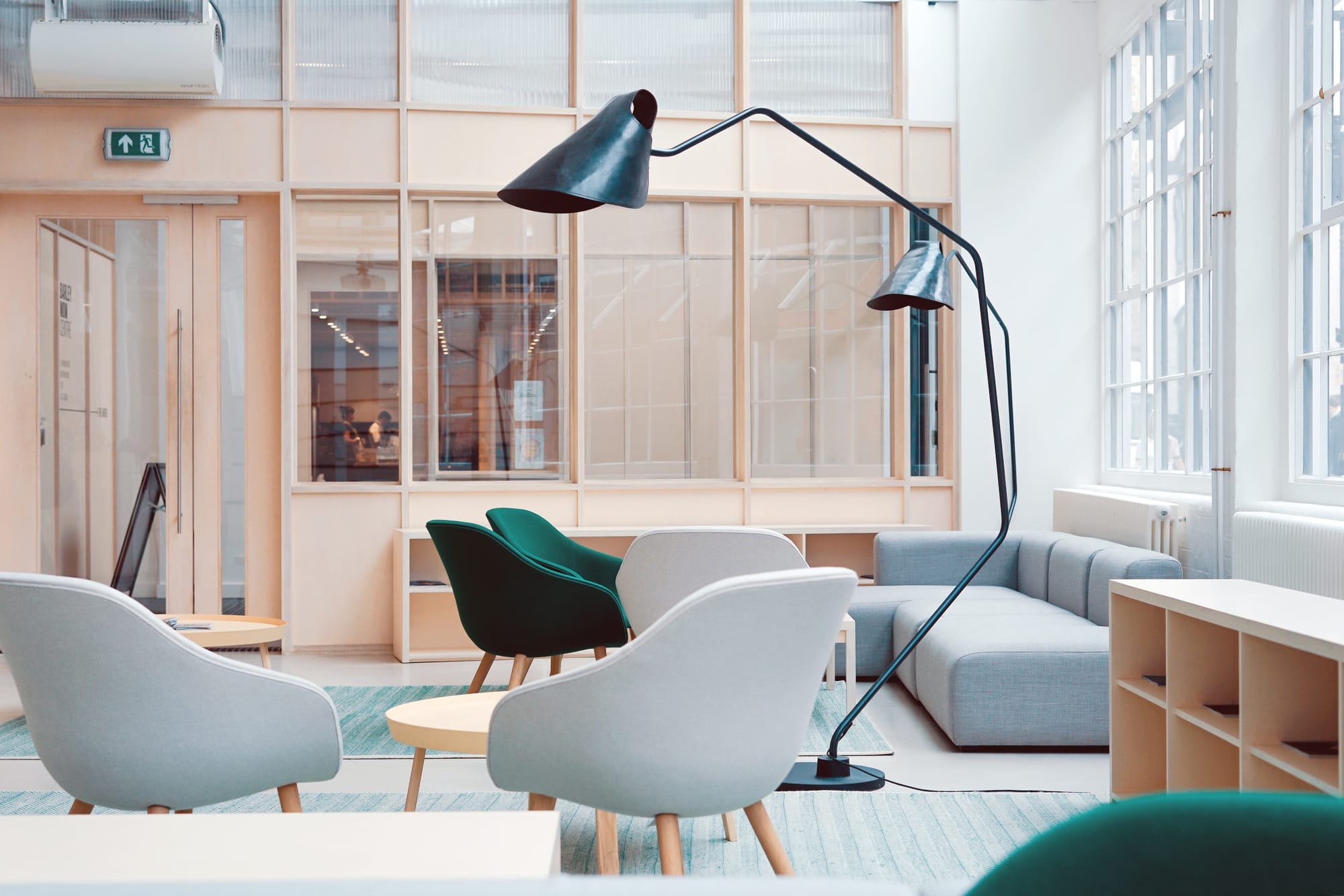
Revolutionizing home interiors with architectural innovations has become a forefront of contemporary design, merging functionality with aesthetics to create spaces that are not only visually stunning but also deeply connected to the inhabitants' lifestyle and comfort. The most important information to begin with is how modern technology and sustainable materials are driving this revolution, transforming ordinary living spaces into remarkable habitats. Following this introductory idea, we delve into specific innovations such as smart home technology, eco-friendly materials, and space-saving solutions, providing a comprehensive overview of how these elements are incorporated into modern home design.
Modern architecture has always been synonymous with the quest for innovation, with architects and designers constantly seeking new ways to improve our living environments. The latest trend in the field is the integration of smart home technology, which allows for a more intuitive interaction between the homeowner and their living space. Features like automated lighting, heating, and cooling systems, as well as advanced security measures, not only enhance comfort and safety but also promote energy efficiency. This seamless integration of technology ensures that homes are not just shelters, but intelligent environments that adapt to their occupants' needs.
Another pivotal aspect of revolutionizing home interiors is the use of sustainable and eco-friendly materials. As environmental concerns continue to rise, the architectural industry is responding by incorporating materials that are not only durable and versatile but also have a minimal ecological footprint. Bamboo flooring, recycled metal and glass, as well as sustainably harvested wood, are just a few examples of how homes can be built and designed with respect for the planet. These materials not only contribute to a healthier environment but also add a unique aesthetic value to the home.
Space-saving solutions represent yet another innovative approach in modern home design. With the challenge of accommodating comfortable living spaces within increasingly compact urban environments, architects and designers are turning to creative solutions to maximize space. This includes multi-functional furniture, hidden storage options, and flexible room layouts that can adapt to different needs and activities throughout the day. Such innovations not only optimize available space but also enhance the functionality and flexibility of home interiors, making them more adaptable to the dynamics of contemporary lifestyles.
Smart Home Technology
- Automated Lighting: Allows for efficient energy use and can be controlled remotely.
- Climate Control Systems: Maintain the perfect temperature throughout the house, adapting to weather changes.
- Advanced Security Systems: Incorporate surveillance and alarm systems that can be monitored from anywhere.
- Home Assistants: Enable voice control of various home functions, adding convenience and accessibility.
Eco-friendly Materials
- Bamboo Flooring: Offers durability and a unique appearance while being highly sustainable.
- Recycled Metals: Used in various fixtures and finishes, contributing to less waste in landfills.
- Reclaimed Wood: Brings warmth and character to any space, reducing the need for new timber.
- Low-VOC Paints: Improve indoor air quality by minimizing the release of harmful chemicals.
Space-Saving Solutions
- Multi-functional Furniture: Pieces that serve multiple purposes, such as sofa beds and expandable tables.
- Hidden Storage: Innovative storage options that utilize otherwise wasted spaces.
- Flexible Room Layouts: Designs that can easily be adjusted to serve different functions at different times.
Each of these innovative strategies contributes to the overarching goal of revolutionizing home interiors. By integrating smart technology, prioritizing sustainability, and employing clever design tactics to conserve space, modern homes can achieve a balance of beauty, comfort, and functionality. The evolving landscape of architectural design not only reflects our changing needs and values but also pushes the boundaries of what is possible, creating spaces that inspire and uplift.
In conclusion, the revolution of home interiors through architectural innovations is a dynamic and ongoing process. It encompasses a broad spectrum of strategies, from the incorporation of cutting-edge technologies and sustainable materials to intelligent space utilization. These innovations not only enhance the aesthetic and functional aspects of our living spaces but also promote environmental sustainability and improve our quality of life. As we move forward, we can expect to see even more groundbreaking developments in the field of architecture and interior design, continuing to transform our homes into more efficient, sustainable, and pleasing environments.
Ultimately, the fusion of technology, eco-consciousness, and innovative design principles in home interiors exemplifies the progressiveness of modern architecture. It illustrates a committed move towards creating spaces that not only cater to the immediate needs of their occupants but also address broader environmental and societal challenges. As architects and designers continue to explore and implement these innovations, the homes of the future will not just be places to live but embodiments of the possibilities that emerge when human ingenuity meets the demands of the times.
Join our FREE Webinar here for a Guide to New Home Construction: bit.ly/newhomeconstructionfreewebinar
Book a Meeting Here: bit.ly/zoom-book-a-meeting